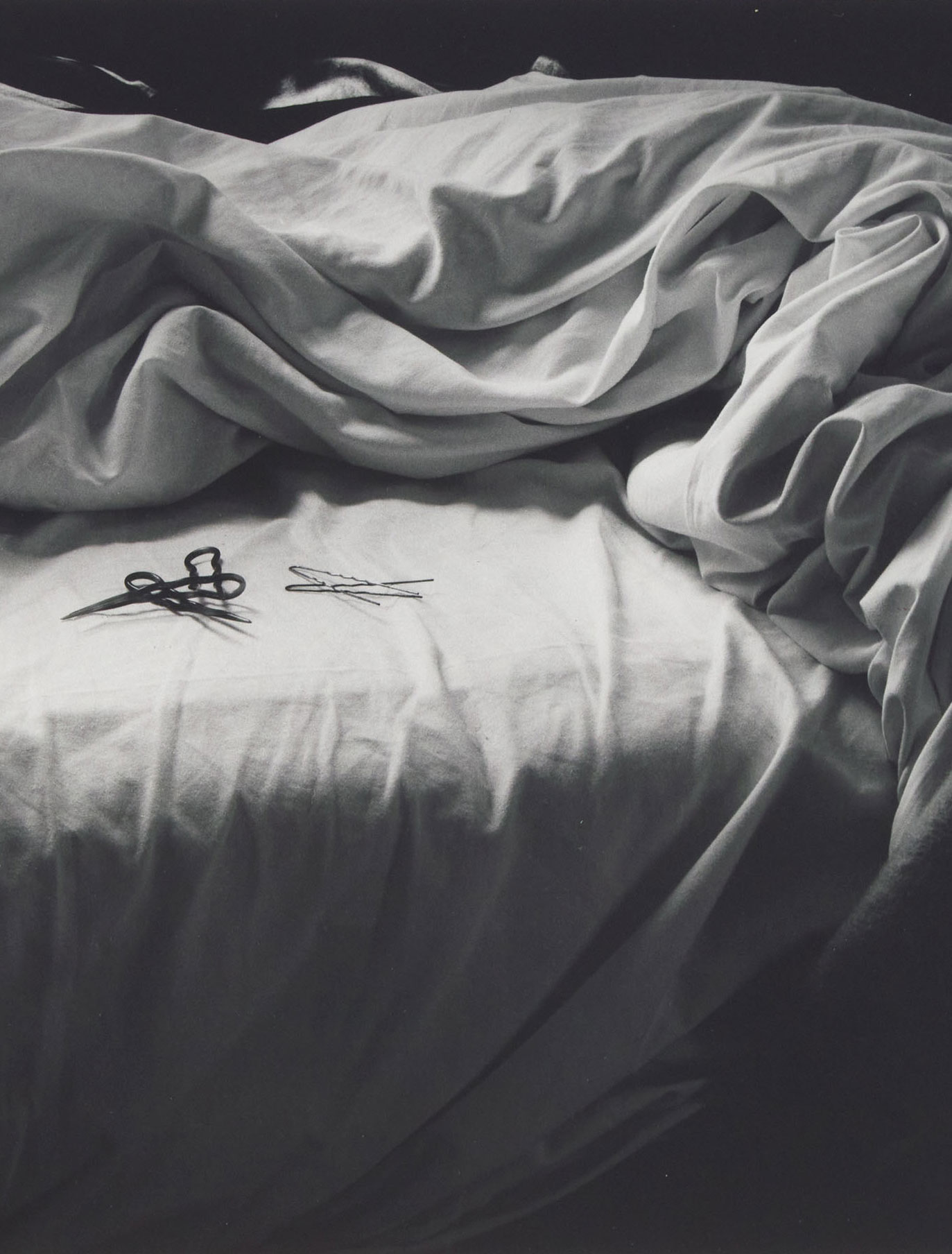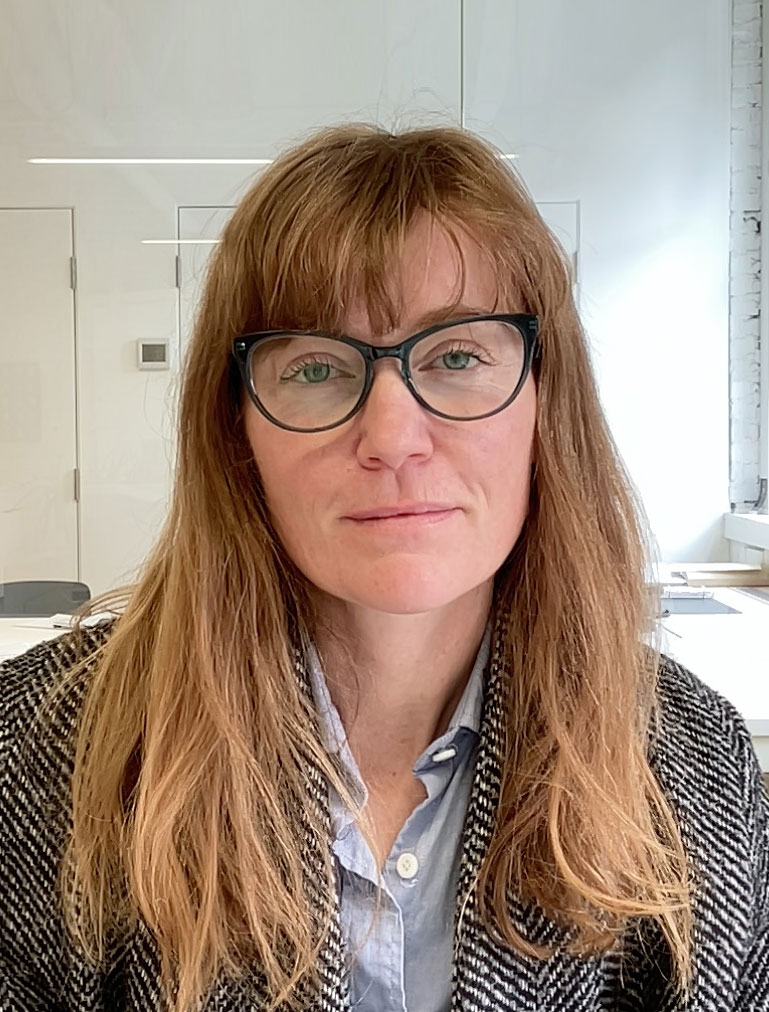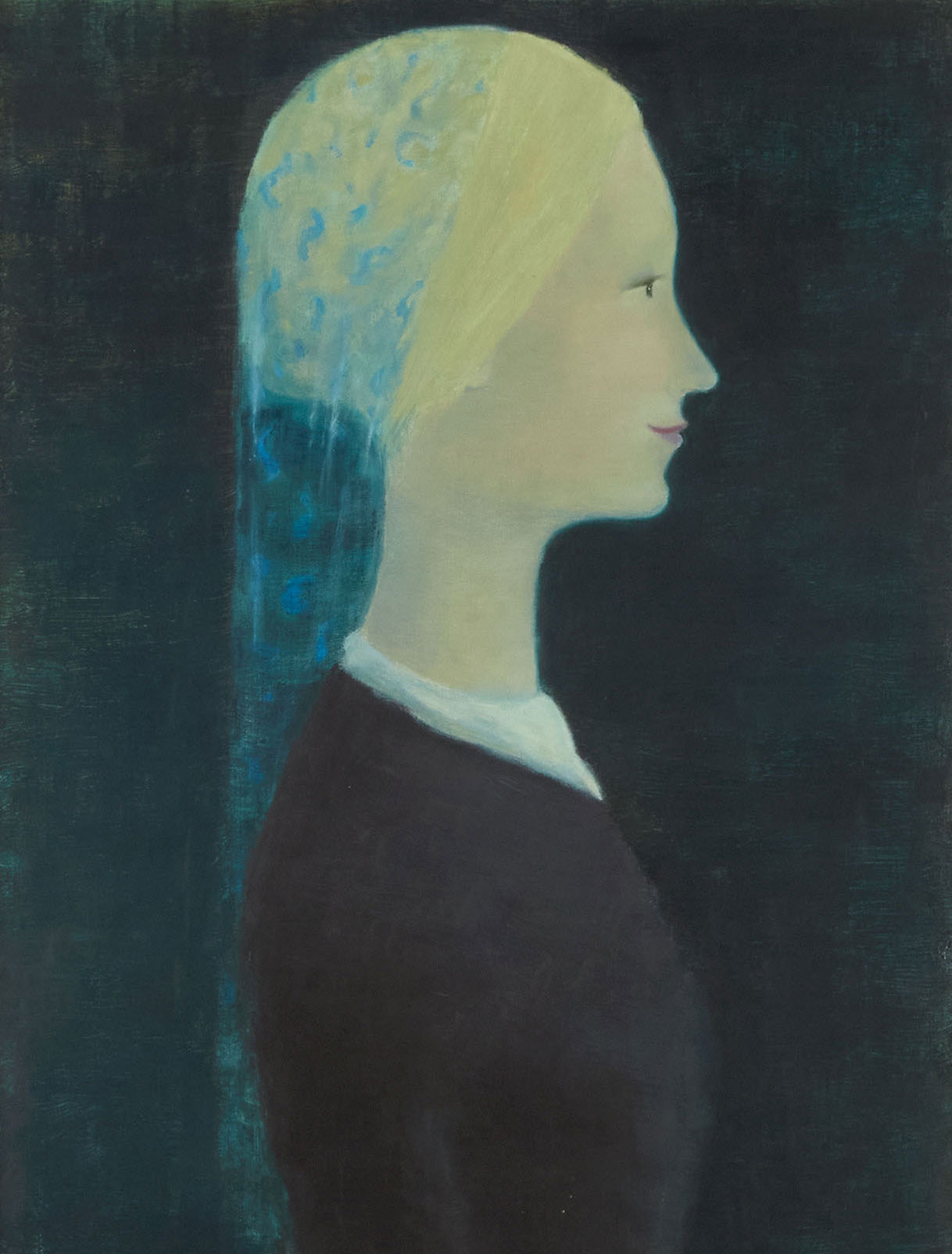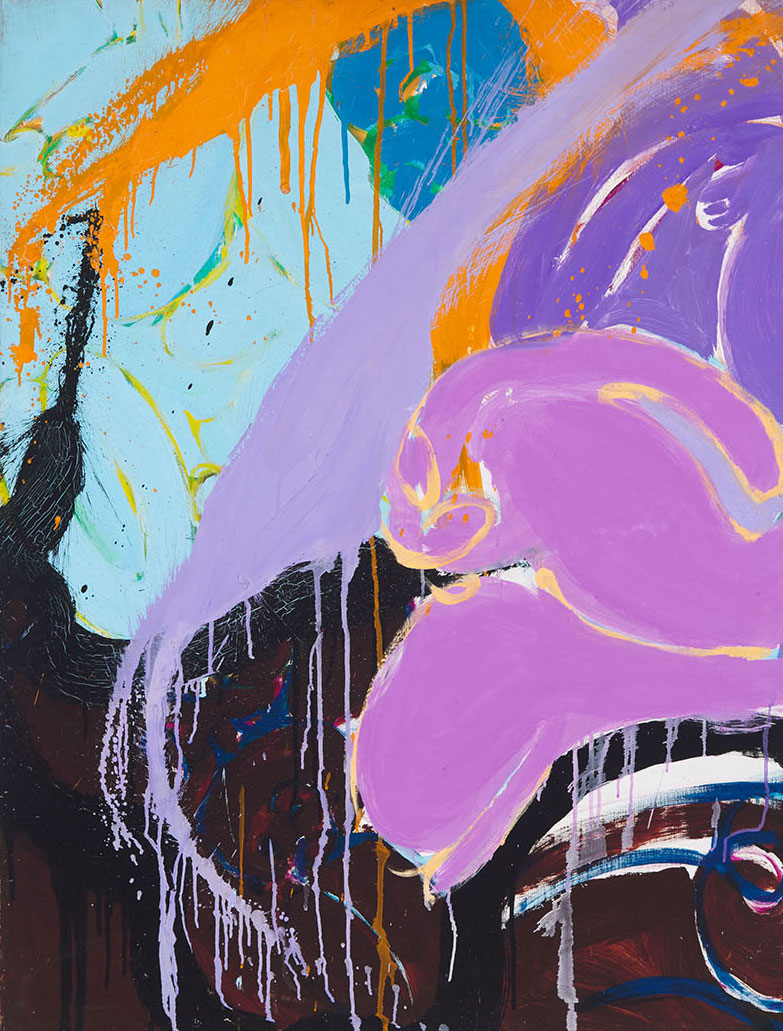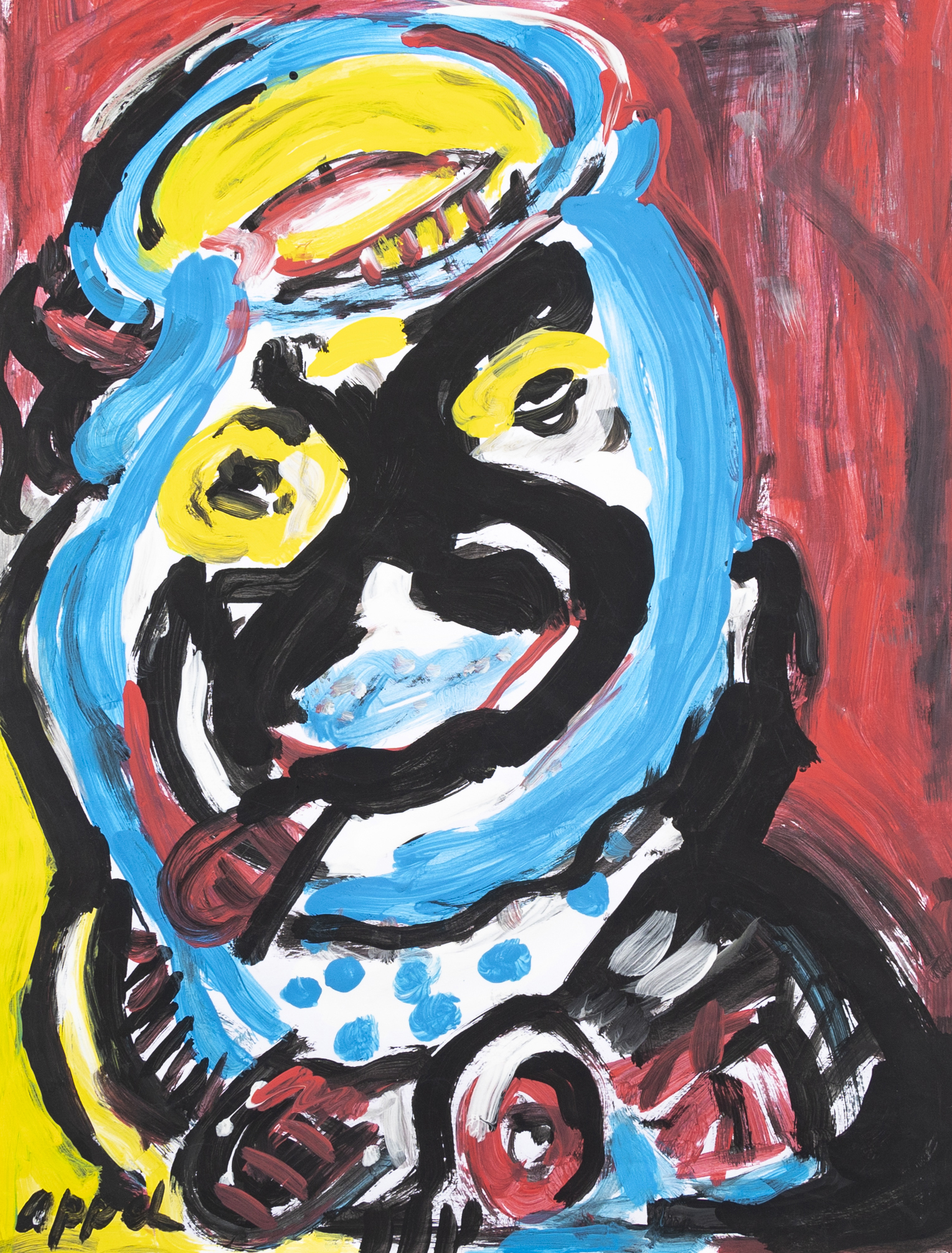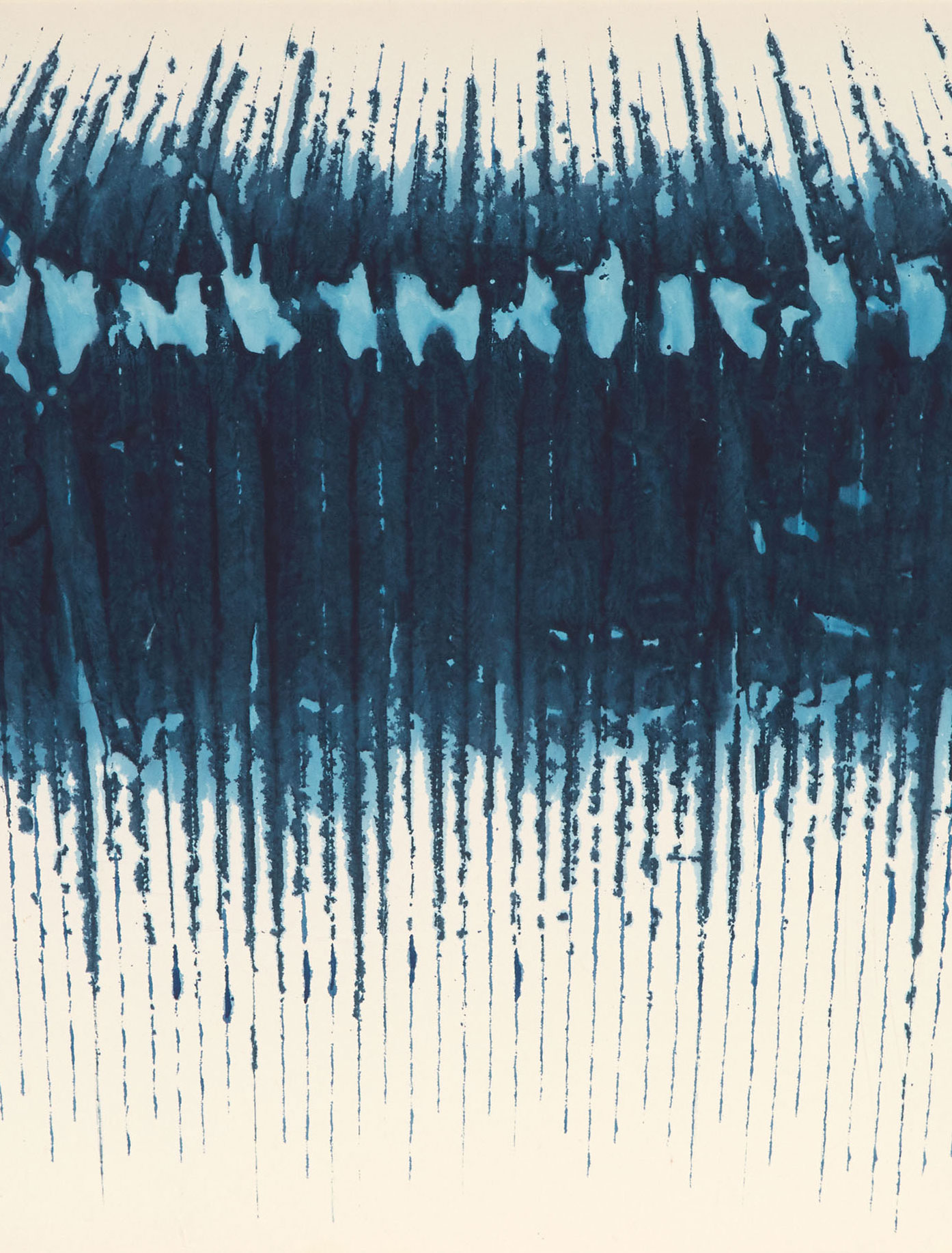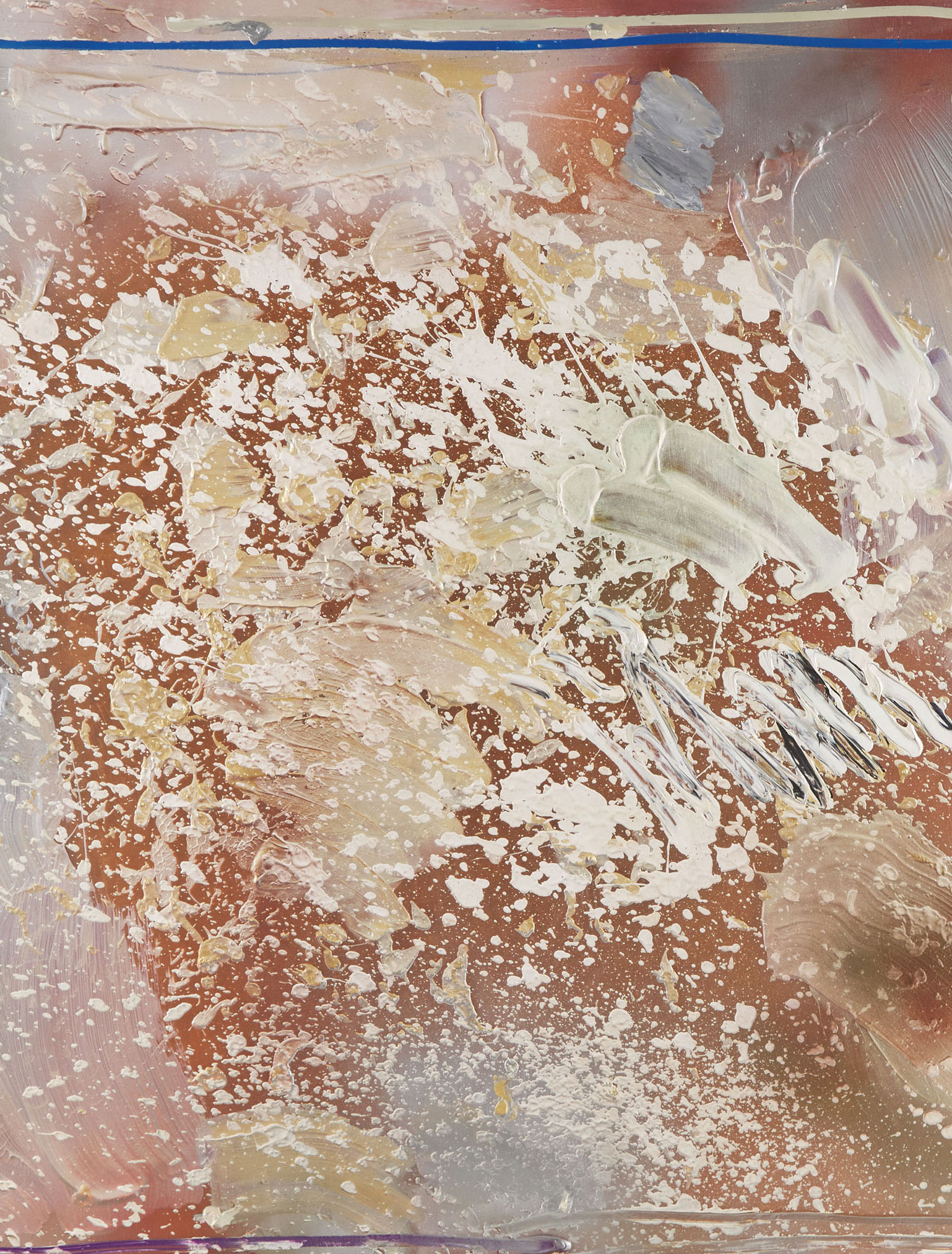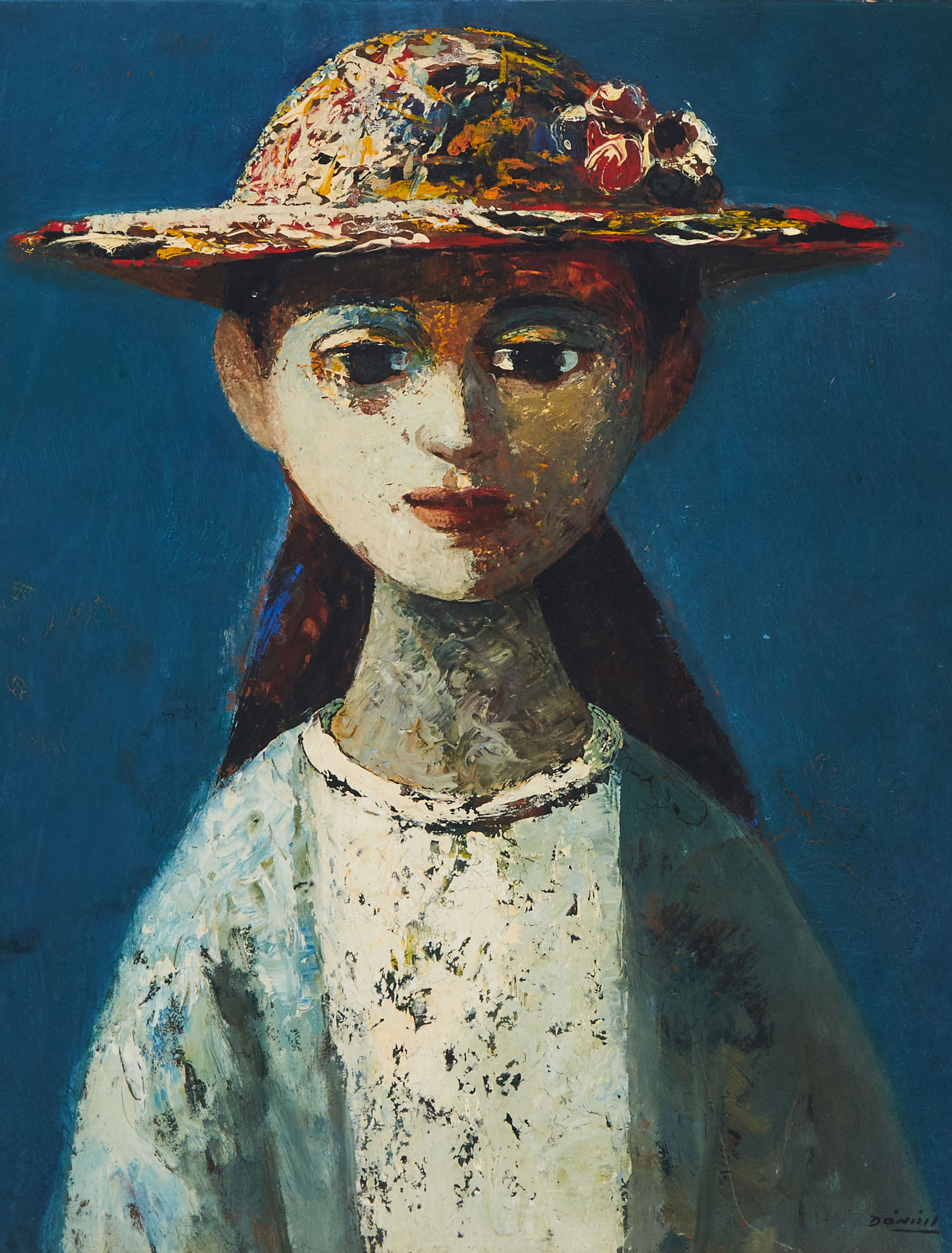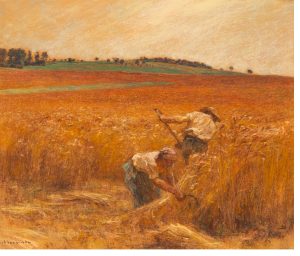
“[Léon Lhermitte] knows the figure in general – namely the sturdy, severe workman’s figure – through and through, and takes his subjects from the heart of the people.” – Vincent Van Gogh[1]
In 1874, at the age of 30, Léon-Augustin Lhermitte obtained his first medal at the Salon in Paris. His reputation was cemented with the oil on canvas La Paye des Moissonneurs (Paying the Harvesters) presented at the Salon in 1882 and purchased by the French government for the Musée du Luxembourg in Paris. In opposition to Romanticism, the Naturalist movement that Lhermitte was part of was emerging in France during the 1870s, pursuing the Realist wave shaped by Gustave Courbet and Jean-Francois Millet. Millet and his famous painting Les Glaneuses, 1857, would deeply impact Lhermitte. Millet’s influence can be felt in La Paye des Moissonneurs, which would be the turning point of Lhermitte’s career, as the financial success following the Salon would allow the artist to continue painting in a Naturalist style, now financially supported by a large number of collectors. Art world insiders also took note, including Vincent Van Gogh and the art dealer Paul Durand-Ruel.
With the second industrial revolution beginning in 1870, there was a great push towards a new way of life in the French capital with the arrival of electricity, gas and abundant fuel. This race towards progress was largely limited to Paris and other large cities, eluding the French countryside until the beginning of the 20th century. Accordingly, during the late 19th century, many parts of the country were left untouched, keeping agriculture largely frozen in time, as is evidenced by the field workers in the pastel The Harvest. In search of pristine landscapes and views, Lhermitte preferred to depict the rural parts of France he viewed as unsullied. Brittany was of particular interest, what with its unique way of life, complete with its own costumes, activities, celebrations, and palette. The artist depicted the local population without embellishment or idealisation: “to Lhermitte, rustic activity embodied dignity, for he believed workers in the fields seldom complained…Bolstering these ways of representing workers were the locales in which Lhermitte places his figures. The countryside was seldom dour or depressing, the atmosphere often appeared light and airy…and the environment seemed spacious.”[2]
Pastel depictions of golden wheat fields form the core of the artist’s production. Though pastel had dropped out of fashion for artists since the 17th century, the medium made a strong comeback during the 19th century, championed by Degas, Redon, Boudin and the Impressionists. Made by mixing powdered pigments with a white “filler,” which may be kaolin or ground clay, and a “binder” whose role is to hold everything together, pastel allowed artists to capture an instant image of a scene without the need to fuss with paint and selecting the right palette. Committed to this discipline, Lhermitte created a group named “Les pastellistes” and would help to train the next generation of young artists following in his footsteps.
Influenced by the Realists and the Impressionists, Lhermitte depicted a vanishing era, which he attempted to do without any explicit political agenda. For the artist, fieldworkers were the embodiment of life in the countryside, a life he saw as happy due to its distance from the chaos of the city and its rapid industrialization.[3] With his pastels, Lhermitte was able to represent the working life of individuals without judgement, deeply focusing on the subject or subjects at hand, the landscape and the effects of light.
About the auction
Held online from May 24-29, 2024, our spring auction of Canadian and International Fine Art brings together exceptional work from around the world. This auction features celebrated Canadian artists such as Cornelius Krieghoff, A.Y. Jackson, P.C. Sheppard, A.J. Casson, Bertram Booker, Alexandra Luke, Jean Paul Lemieux and Yves Gaucher as well as important First Nations artists Norval Morrisseau, Roy Thomas and Alex Janvier. International highlights include work by Jules Olitski, Karel Appel, Kwon Young-Woo, Norman Bluhm, Józef Bakoś, Léon Lhermitte and Montague Dawson.
Previews will be available at our Toronto gallery, located at 275 King Street East, Second Floor, Toronto:
Thursday, May 23 from 10:00 am to 5:00 pm
Friday, May 24 from 10:00 am to 5:00 pm
Saturday, May 25 from 12:00 pm to 4:00 pm
Sunday, May 26 from 12:00 pm to 4:00 pm
Monday, May 27 from 10:00 am to 5:00 pm
Tuesday, May 28 from 10:00 am to 5:00 pm
Or by appointment.
Please contact us to find out more.
[1] https://www.vangoghmuseum.nl/en/collection/s0424M1991: “Van Gogh too hoped to establish himself as a painter of peasant life, and so Lhermitte’s work was an important source of inspiration to him. He regularly asked his brother Theo to send him reproductions of Lhermitte’s paintings.”
[2] Gabriel Weisberg, “Léon Lhermitte: Creativity in Context,” in Léon Lhermitte, ex. cat. Galerie Michael, 1989.
[3] “Lhermitte was appreciated because he represented the ‘good old days.’ …Throughout his life Lhermitte pointedly ignored the Industrial Revolution, fixing instead on the image of society before its disappearance, the vision of a paradise lost for the citizens of big cities, of a time frozen outside the march of history.” in Monique Le Pelley Fontenay, Léon Lhermitte Catalogue Raisonné, Paris, 1991.
Related News
Meet the Specialists

Goulven Le Morvan
Director, International Art, Montreal
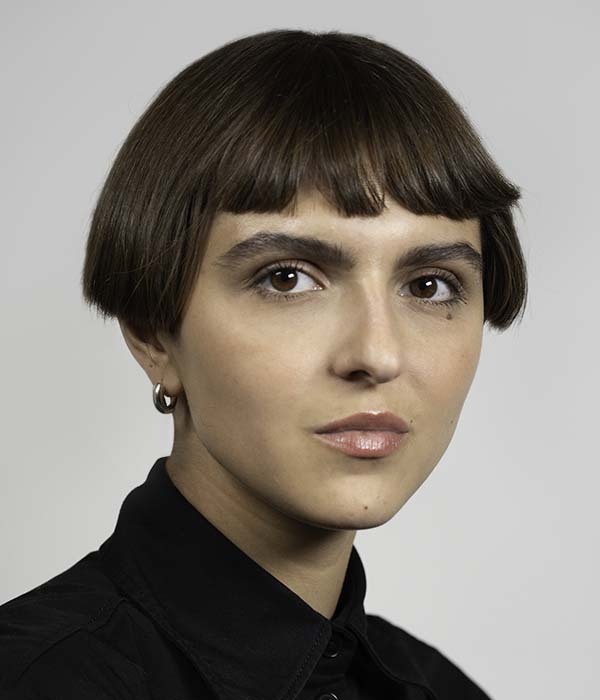
Alicia Bojkov
Consignment Specialist, International Art



